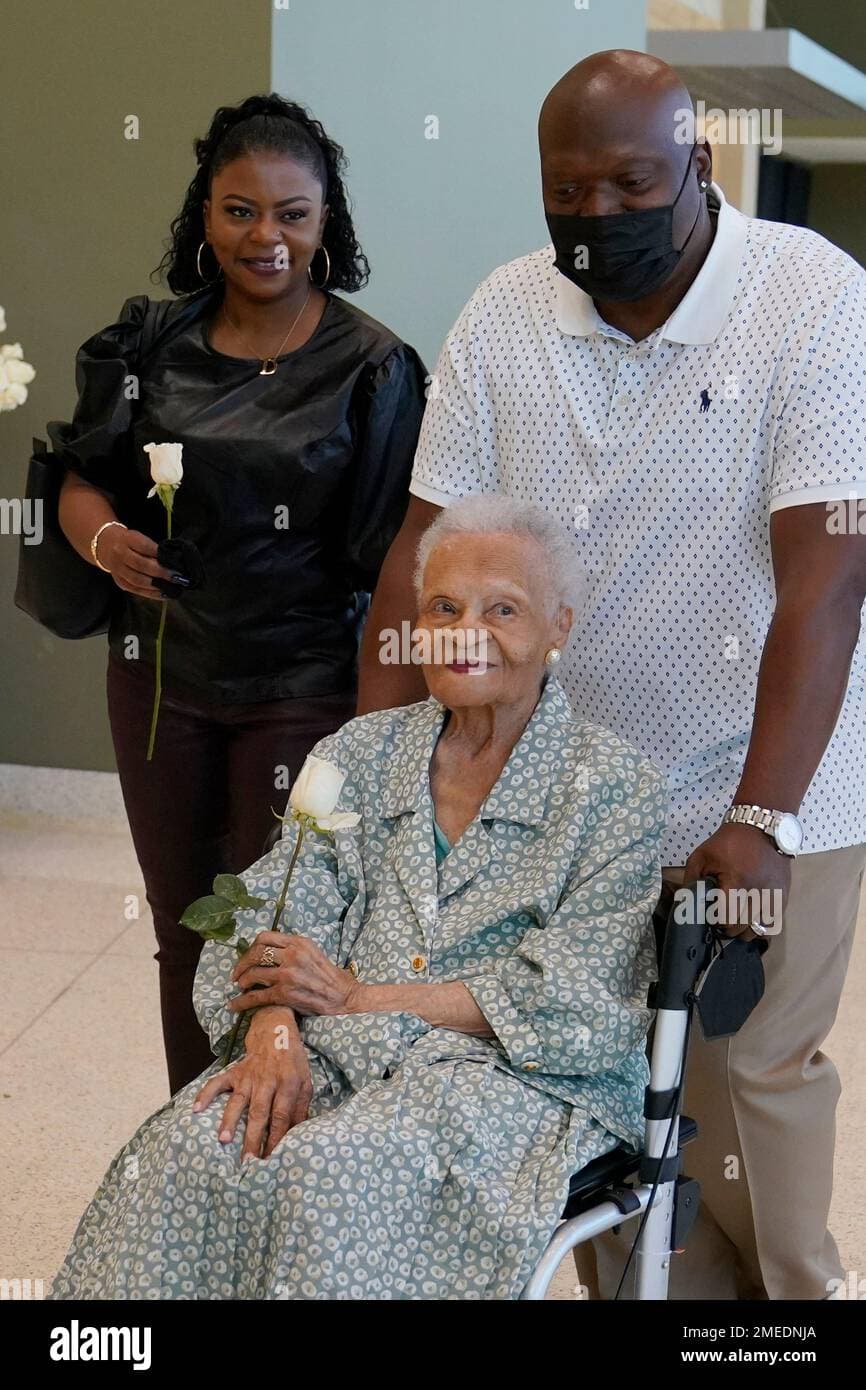Last Tulsa Massacre Witness Viola Fletcher Dies at 111
Viola Ford Fletcher, one of the last living direct witnesses to the 1921 Tulsa Race Massacre, died on November 24, 2025 at age 111, her family said. Her death removes a vital living connection to an atrocity that erased Black wealth and shapes ongoing debates over reparations and historical remembrance.

Viola Ford Fletcher, who as a child survived the 1921 attack on Greenwood in Tulsa and spent decades pressing for recognition and redress, died on November 24, 2025, at the age of 111, her family announced. Fletcher’s long life bridged more than a century of American change, and her witness helped keep the events of the massacre at the center of national conversations about racial injustice, economic harm and reparative policy.
Fletcher was seven years old when a white mob descended on Greenwood, a prosperous Black neighborhood often called Black Wall Street, burning homes and businesses, and displacing thousands. The assault destroyed roughly 35 city blocks and left as many as 10,000 Black residents homeless. Official counts at the time listed 36 deaths, but historians and subsequent investigations estimate the true toll may have been between 100 and 300, a discrepancy that has driven calls for fuller acknowledgment and restitution.
Over the last two decades Fletcher became a public advocate for remembrance and compensation. She testified before public commissions and before Congress, and she co‑wrote a memoir recounting the massacre and its long aftermath for survivors and descendants. Her testimony lent moral urgency to the findings of a 2001 state commission that recommended reparative measures for survivors and their families, recommendations that were largely not enacted by state lawmakers. Fletcher’s advocacy coincided with renewed national attention around the 100th anniversary in 2021, when museums, academic studies and legislative hearings revisited the economic and human costs of the massacre.
The economic consequences of the 1921 attack have become a central element of the reparations debate. Scholars point to the deliberate destruction of Black-owned property and the subsequent loss of intergenerational wealth as contributing factors to persistent racial wealth gaps. Greenwood’s eradication of businesses, homes and financial institutions removed a local engine of Black prosperity, with effects that cascaded through families and the broader Tulsa economy for generations.
Fletcher’s death closes one of the last direct lines to an event that historians say helped shape modern patterns of urban inequality. Local leaders and national officials paid tribute to her role in keeping the history alive and pressing for redress. Her passing is likely to intensify efforts by descendants, historians and advocacy groups to ensure that policy responses move beyond symbolic recognition to concrete economic remedies.
Policy debates that Fletcher helped elevate remain unresolved. The 2001 commission’s recommendations included direct payments and community investments, but legislative action has been piecemeal. Economists who study reparative measures argue that meaningful compensation would require carefully designed programs to address lost capital, alongside investments in education and local development that could more broadly redress the intergenerational harms.
Viola Ford Fletcher’s life and work underscored the link between memory and policy, turning a childhood trauma into sustained public advocacy. As the last generation of direct witnesses departs, historians and policymakers face intensified pressure to translate testimony and historical evidence into tangible programs that address the long term economic consequences of racial violence.


